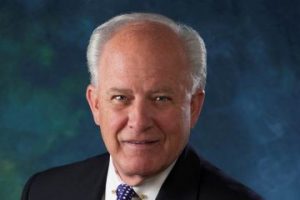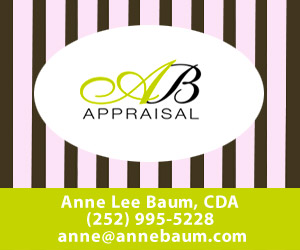
Dare County’s initiative to encourage more reasonably priced housing for year-round workers is more than a year old. But the search for exactly what to call it continues on.
In June 2018, the Outer Banks Chamber of Commerce made a presentation to the Dare County Commissioners asking them to consider zoning changes, including allowing accessory dwelling units and more multi-family structures and increasing dwelling densities per acre. Those measures, officials say, were designed to address a critical shortage of affordable housing that poses an obstacle to attracting skilled workers to Dare County, thus harming the local economy.
Last October, the commissioners approved those amendments. And a few days ago, at their Aug. 19 meeting, they discussed another set of proposed amendments recommended by the Dare County Planning Board to again address the housing crunch. They included an expansion of cluster homes, creating educational housing projects and conditional use subdivisions and allowing accessory dwellings in conjunction with commercial structures.
The new cluster home proposal would add eight new zoning districts in unincorporated areas not included in last year’s amendments. The educational housing option, associated with county educational institutions, would be available in 25 zoning districts. The conditional use subdivisions would involve reducing the minimum lot size to 12,500 square feet with a dwelling size limitation of 1,200 square feet. Another proposal would allow housing in conjunction with a commercial use in 17 commercial zoning districts.
After hearing Dare County Planning Director Donna Creef present these ideas at their Aug. 19 meeting, the commissioners scheduled a Sept. 16 public hearing to solicit citizen input on the new zoning amendments.
That meeting may have also introduced a new term to the public policy vernacular surrounding this issue when Board of Commissioners Chair Bob Woodard, described the goal as the creation of “essential housing.”
“I don’t like to use the term ‘affordable’ any more,” he added. And noting that the phrase was now being used by Woodard, Creef also referred to the effort to create “essential housing” during her presentation of the new zoning proposals to the board.
The idea of publicly using the words “affordable housing,” to describe these efforts was rejected some time ago. Almost for the outset, Woodard made it clear that the he did not like the term “affordable housing” when presenting and promoting the initiative. Some of that was connected with the NIMBY (“not in my back yard”) stigma.
“I don’t think ‘affordable’ is the right word,” Chamber of Commerce President Karen Brown said in an interview last year, “because it seems to conjure up things that people don’t want next to them, like Section 8 [low-income HUD subsidized] housing.’”
Other phrases were bandied about. Brown indicated that the Chamber had been referring to the initiative as simply, “housing.” Because the focus has been on creating residential opportunities for full-time, rather than seasonal summer workers, Creef had used the term “year-round housing.” Occasionally, the phrase “workforce housing” has entered the conversation.
Whether finding a name that sticks will have any impact on the popularity or effectiveness of the drive to encourage more housing for year-round workers is hard to know. And whatever ends up being the best name for the solution, Commissioner Danny Couch has his own creative terminology for the housing problem.
“We’re working to solve the problem that has plagued us,” he told his fellow board members on Aug. 19. “It’s like the flu. It won’t go away.”




